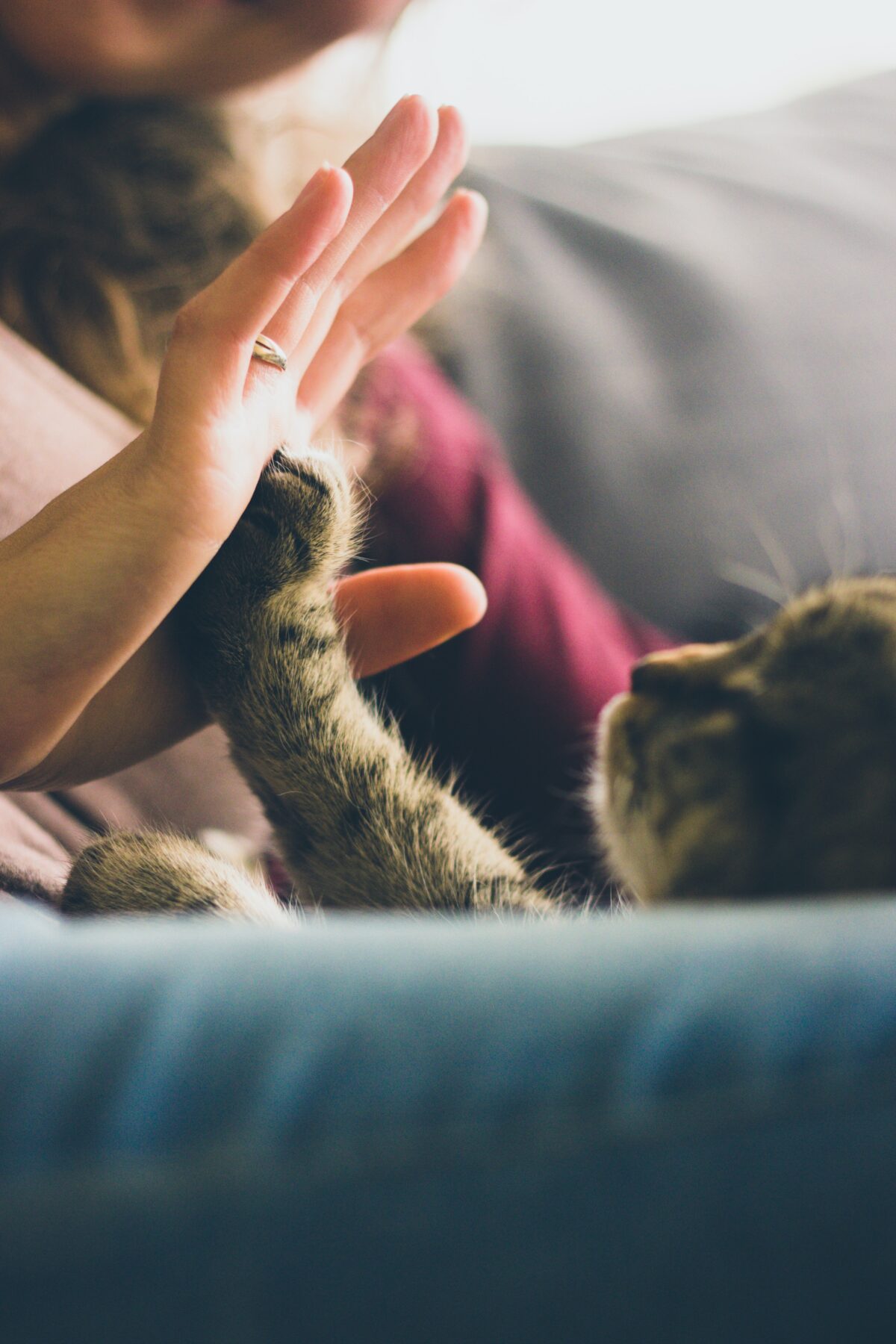As responsible dog owners, we strive to keep our furry friends happy and healthy. One serious threat to a dog’s health is Canine Parvovirus, commonly known as Parvo. In this blog post, we’ll explore what Parvo is, how it affects dogs, its symptoms, treatment, and, most importantly, how you can protect your canine companion..
What is Canine Parvovirus (Parvo)?
Canine Parvovirus, often referred to simply as Parvo, is a highly contagious viral disease that primarily affects dogs. It’s especially dangerous for puppies and unvaccinated dogs. Parvo attacks rapidly dividing cells, particularly those in the gastrointestinal tract and bone marrow, leading to severe illness.
Common Causes of Parvo
Parvo is typically spread through direct contact with infected dogs or contaminated environments. It can survive in the environment for months, making it essential to take preventive measures.
Symptoms of Parvo
Recognizing the symptoms of Parvo is crucial for early diagnosis and treatment. Common signs include:
- Severe Diarrhea: Often bloody and foul-smelling.
- Vomiting: Frequent and severe.
- Lethargy: Your dog may become weak and unresponsive.
- Loss of Appetite: Refusing to eat or drink.
- Fever: Elevated body temperature.
- Dehydration: Sunken eyes and dry gums.
- Abdominal Pain: Your dog may whine or show signs of discomfort.
Seeking Veterinary Care
If you suspect that your dog has Parvo, it’s vital to consult with a veterinarian immediately. Early diagnosis and treatment increase the chances of recovery. A vet will perform tests, including a fecal test and blood work, to confirm the diagnosis.
Parvo Treatment
There’s no specific antiviral medication for Parvo. Treatment involves supportive care, which may include:
- Intravenous (IV) Fluids: To combat dehydration and maintain electrolyte balance.
- Medications: Anti-nausea drugs and antibiotics to treat secondary infections.
- Nutritional Support: Sometimes, a feeding tube may be necessary if your dog can’t eat on their own.
- Isolation: Infected dogs should be isolated to prevent the spread of the virus.
Preventing Parvo
Preventing Parvo is far easier and less stressful than treating it. Here’s how you can protect your dog:
- Vaccination: Ensure your dog is up-to-date on vaccinations, including the Parvo vaccine.
- Puppy Vaccination Schedule: Stick to the recommended vaccination schedule for puppies.
- Avoid High-Risk Areas: Limit your dog’s exposure to areas where the virus may be present.
- Sanitation: Clean and disinfect your home and pet’s living environment regularly.
- Quarantine New Dogs: Quarantine new dogs for a few weeks to ensure they are not carrying the virus.
Canine Parvovirus is a serious threat to dogs, but with proper care and preventative measures, you can protect your beloved pet. If you have any concerns about Parvo or your dog’s health, don’t hesitate to reach out to your veterinarian. Your vigilance and responsible pet ownership will go a long way in ensuring your dog’s health and happiness












